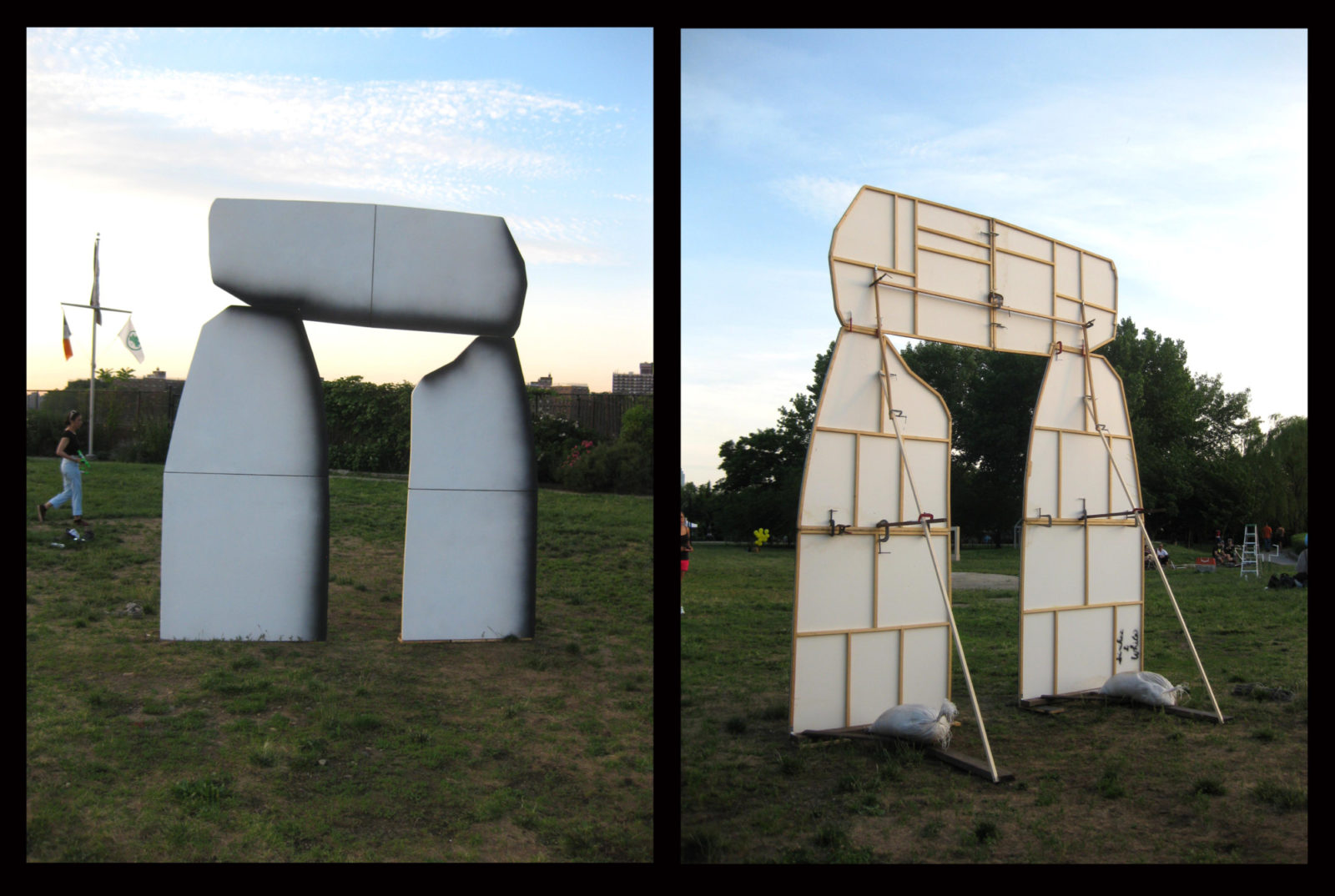


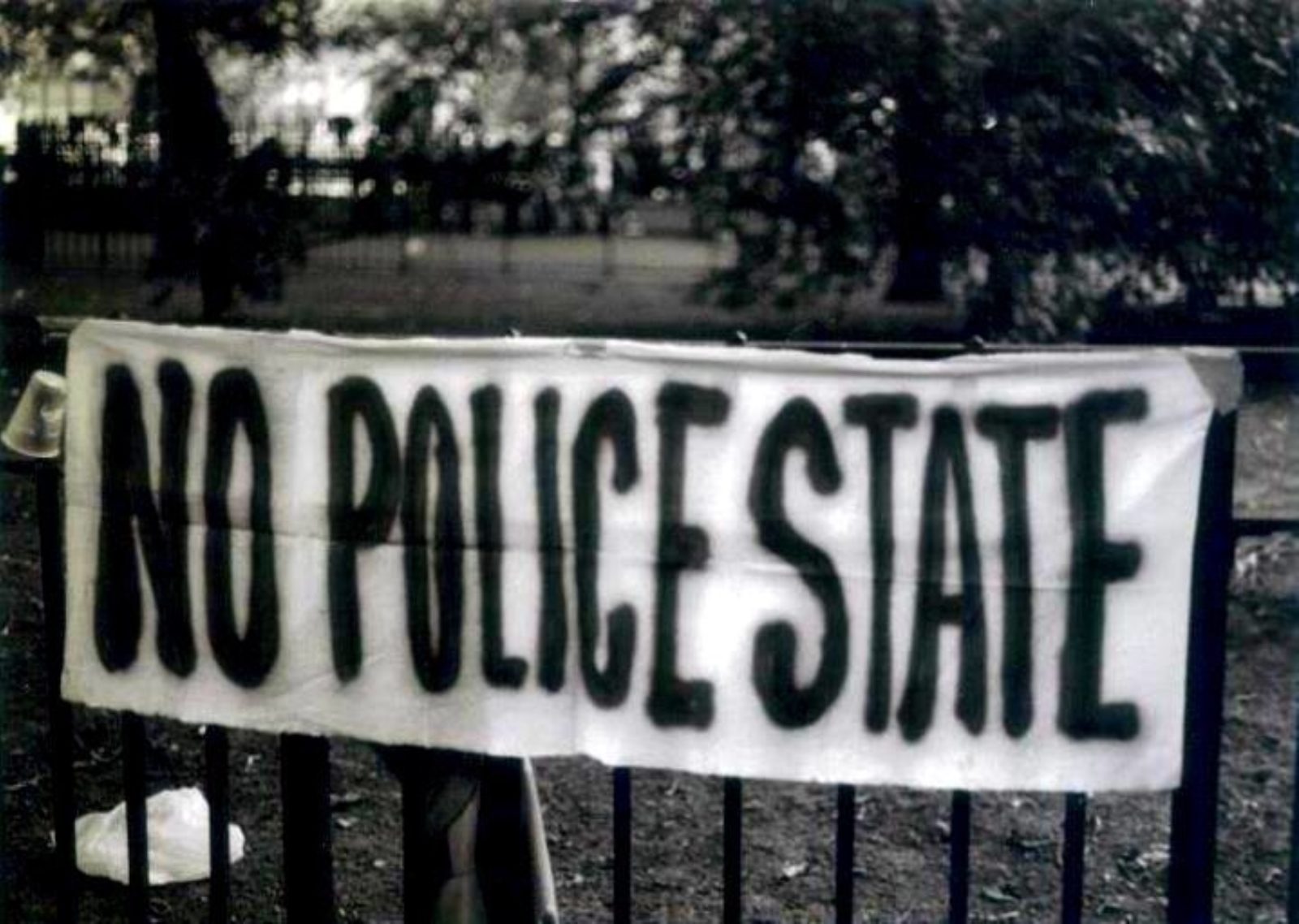
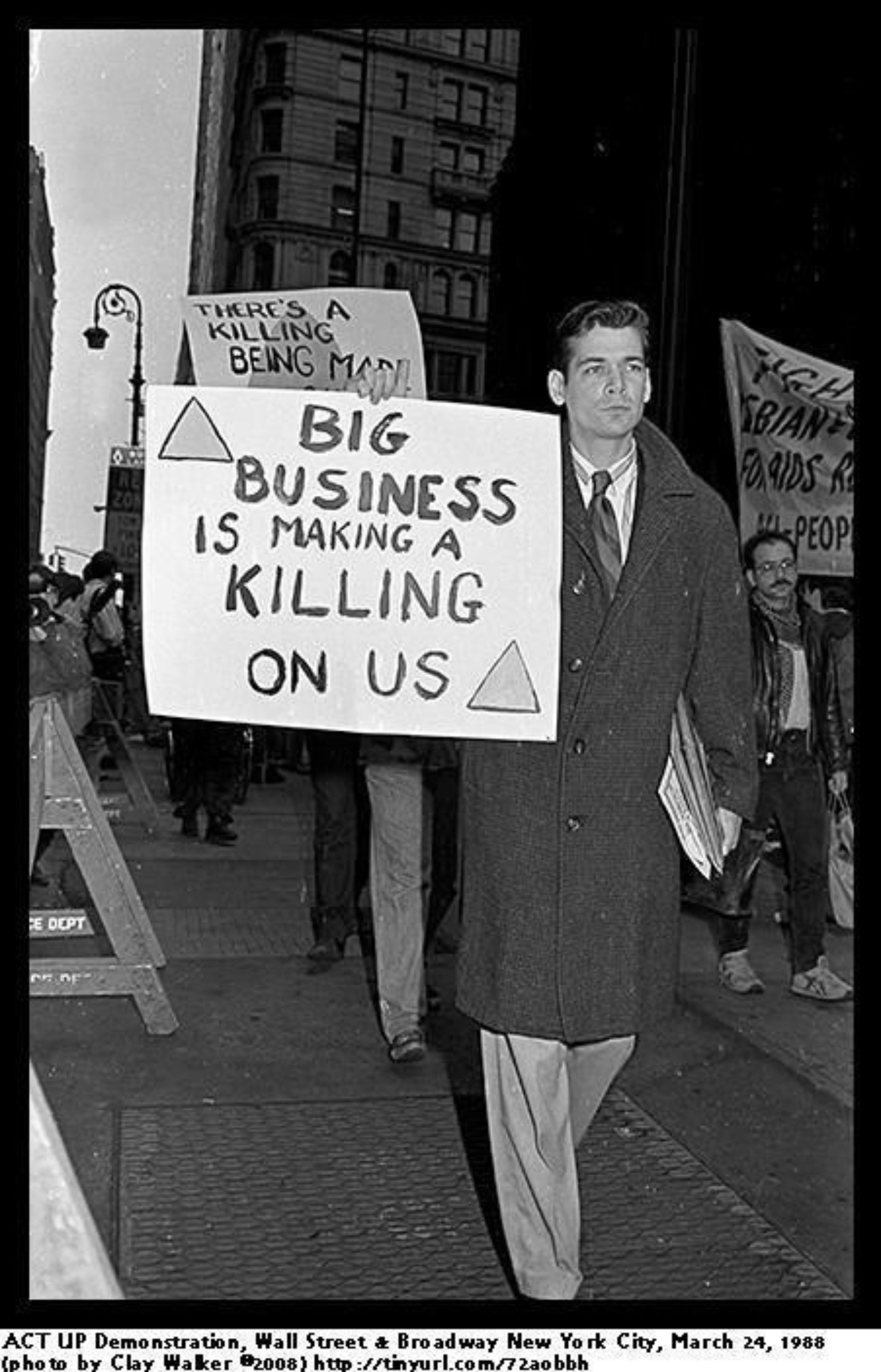
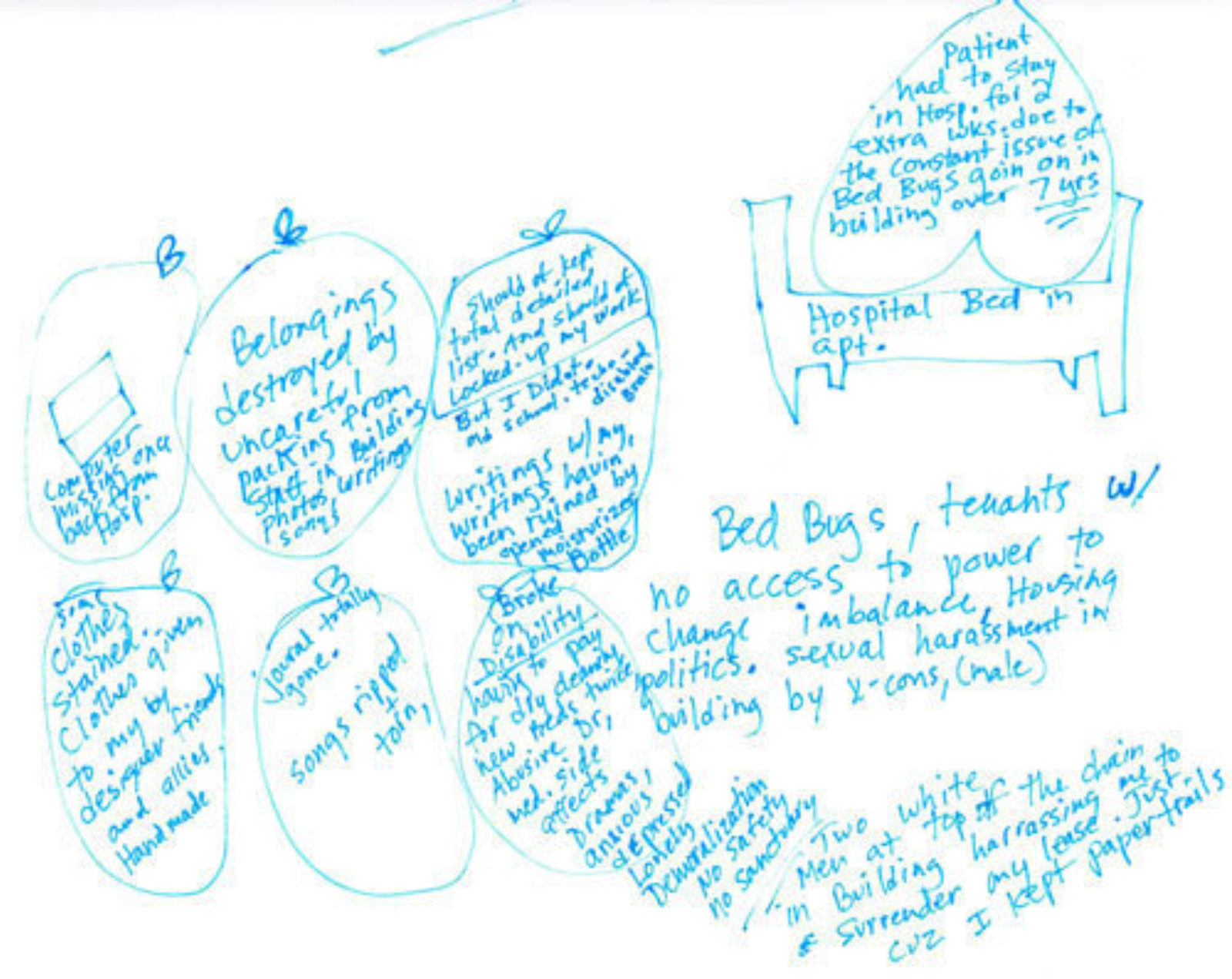






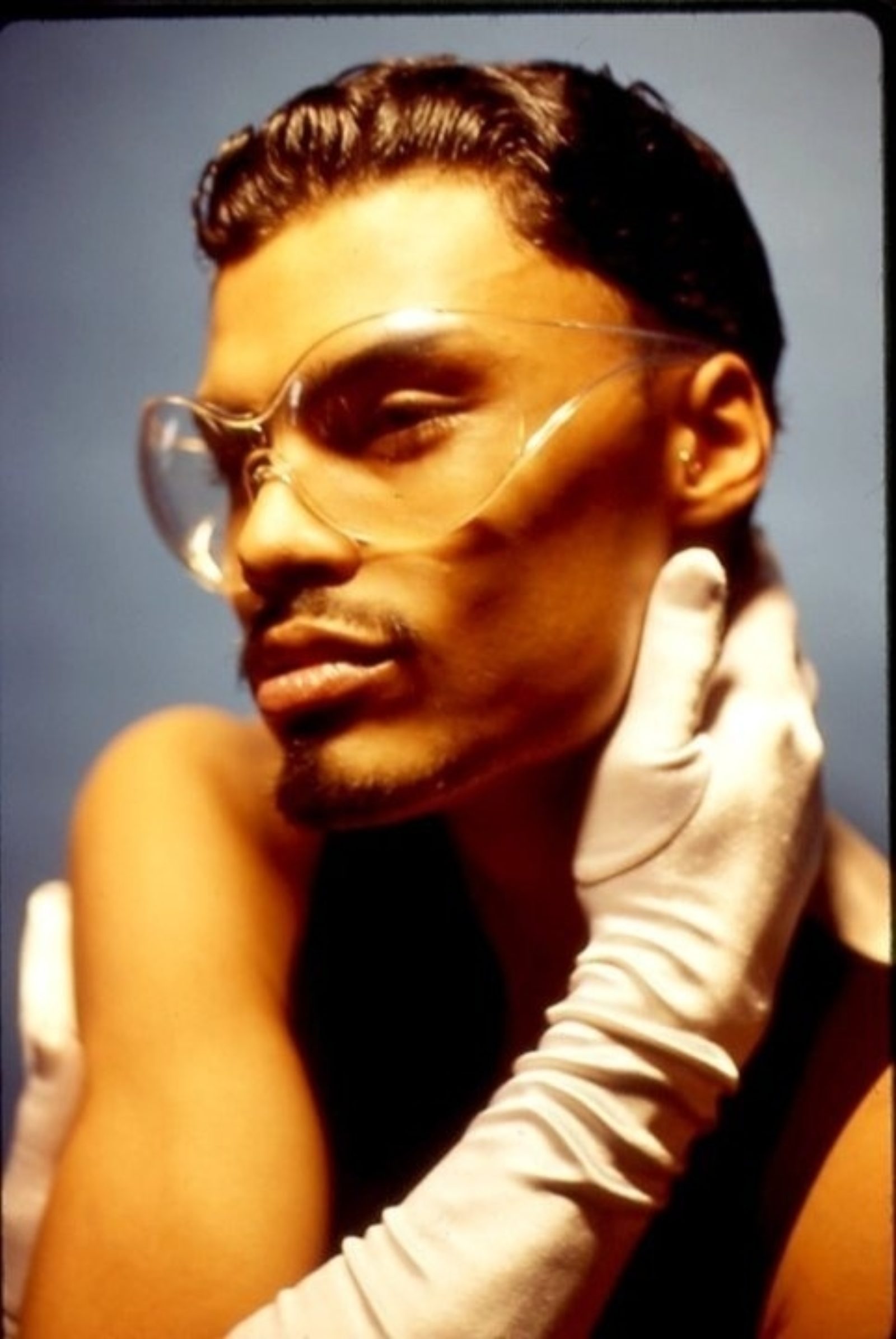
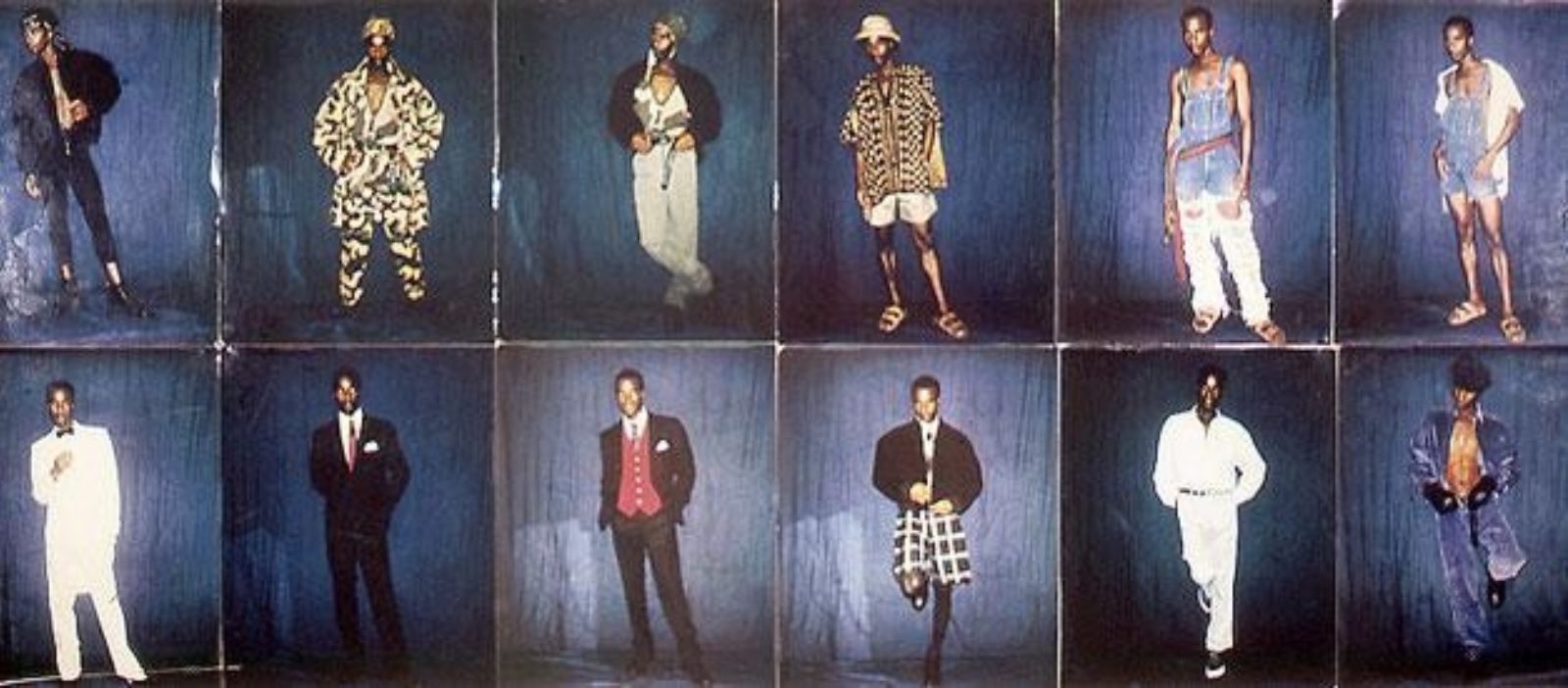

featured gallery for March 2015
Fighting for Dignity (A Letter To Kathleen White)
Kathleen White was an artist and a cultural icon. A close member of the circle of the Boston Group, in recent years she worked in collaboration with Rafael Sánchez, Visual AIDS Artist Member and her life companion. Her August 2014 exhibition at Momenta Art marked the artist’s first solo show in New York in a decade. Kathleen White passed away in September 2014 after having fought against cancer for over a year.
Dear Kathleen:
I am writing to you from London, the heart of the global networks of neoliberal influence. I arrived at my current home here shortly after spending a couple of months in New York as the 2014 curator in residence at Visual AIDS. I still regret we never had a chance to meet. Nobody could expect you'd leave so soon.
Both my stay in NYC and my move to London were in connection with my current project: a PhD on the visual and performative production surrounding HIV/AIDS in the “global South”. I use the expression "global south" following Portuguese social thinker Boaventura de Sousa Santos, that is, not in geographic but political terms. The “global south" shaped by de Sousa Santos in his book Epistemologies of the South (2014) extends both to the geographic South and North, including, as he puts it, “the impoverished North Americans, shocked by the fact capitalism and colonialism treat them with exactly the same contempt and arbitrariness with which they have treated all the other peoples of the world.” I know you, dear Kathleen, would strongly relate to this topos.
De Sousa Santos' work engages with pressing questions of legality, institutions and social change while traversing the academic/activist divide. AIDS is not explicitly present in his agenda for world justice. Yet it should be. The terms capitalism, colonialism and patriarchy do not have sufficient presence in the conversations surrounding the visual cultures of HIV/AIDS. And neither does the term that traverses all three: neoliberalism. This letter is a modest attempt to include some of those terms in the dialogue. It is also an invitation to bring back some of the conversations that many inaccurately consider as being exhausted, mostly those surrounding the archive. I'll do that visually, through selected images that, for one reason or another, spoke to me during my time at Visual AIDS. And also by recalling a few of the inspiring meetings I had in New York. But most of all this letter is my personal tribute to your legacy, dear Kathleen. Thanks for fighting for dignity to the end.
Vulnerability As Resistance
I met Rafael at the West Village studio that you both shared during my first days in New York. We discussed everything from your joint publication project alLuPiNiT to how unbearable life in the city was becoming (and this was even before the current scenario of police brutality). Of course, we also discussed cancer, and the courage with which you were facing the process. After spending some inspiring hours together, we agreed to start an e-mail conversation about your collaborative work Somewhat Portable Dolmen. The work was soon to be installed at Le Petit Versailles community arts garden and our conversation would be published as a context. Despite exchanging e-mails for over a month we did not complete the conversation. And in the process, the winds and the storms even damaged the work.
Megalithic dolmens are definite permanent markers of specific sites. However your (Somewhat) Portable Dolmen serves another function for modern times. Designed and built in the lightest materials the artists could conjure, the 10-foot flat, collapsible piece in precarious wood and foamcore is essentially nomadic—without a home other than where it is exhibited each time. The work is very much about the nature of identity and about assumptions of permanence and stability. A recurrent theme would emerge when discussing all together the Portable Dolmen, your street installments for alLuPiNiT or even your fight against cancer: vulnerability as a mode of resistance. The kind of vulnerability that, as you and Rafael e-mailed me, "is not quite doomed but essentially unfixed, temporary, ceremonial, as in the way life actually behaves and art tries to resist."
Many other images in the Visual AIDS archives behave the same way—as markers of resistance in the neoliberal times: Ed Eisenberg's accusation of a "false democracy” during his early 1980s anti-gentrification work, which strongly resonate today; Jon Nalley's photographic comment against a "police state", echoing present times; ACT UP's historical demonstrations in Wall Street against major corporations, reactivated by the Occupy resistance movement two decades later; or even Chloe Dzubilo's wry critique of abusive housing politics experienced as a trans and POZ woman.
The Archive Is A Never Ending Conversation
I met Hunter Reynolds sometime in April at The Fales Library, NYU, where his complete archives are deposited—I know how much Hunter and you cared about each other. I love your interview with him in alLuPiNiT. Hunter thought it would be interesting to meet there to look at his Memorial Dress archives on-site. The work was conceived in the fall of 1992 as an expression of the loss and emotion Hunter felt after losing many loved ones to AIDS.
Hunter Reynold's Memorial Dress is an “archive for the lost ones” (I take the expression from the title of a book by an artist named Joey Morgan that I incidentally bought at the bookstore Printed Matter, one day after work at Visual AIDS). I remember Hunter saying that he became aware of the practical and ethical dimension of the archive when listening to Adrian Piper say in a lecture that "no one will build our archive, we have to do it ourselves” (I'm paraphrasing, I don't remember the exact quote). One of the conversations surrounding AIDS visual cultures most people assume is already exhausted is precisely the archive. At least, that was my impression during my meetings with artists, scholars and activists in NY, often tarnished by a feeling of exhaustion about the topic. But I think the archive is a conversation that is not over. And many questions still need to be raised. These are just a few: what opportunities exist in terms of radically questioning what counts as an archive and who its constituent subjects are can AIDS archives offer? Why are the terms capitalism, racism and patriarchy absent in most AIDS archives? (For a taste, a search of the terms in the Visual AIDS's Artist Registry leads to no results.) What does it really mean to “build our archive ourselves”?
Many images in Visual AIDS Artist's registry can inspire us to reanimate the conversation on the archive, whether it is as object of study, visual repertoire or tool for social change: Hunter Reynolds' own use of the archive in the series “Survival AIDS”; Stephen Varble's embodiment of the archive in his "Slide Dress"—literally a wearable sculpture made of archival slides; Richard Sawdon Smith's sexualization of the archival site; or Vincent Chevalier's graphic denunciation of nostalgia surrounding the AIDS archive. To paraphrase Stuart Hall's famous quote on identity, they all claim the archive is a never-ending conversation.
The Politics of Posing
The first time I ever saw you, Kathleen, was in the iconic photographs of Nan Goldin and David Armstrong. I think I began to understand what it means to look at a picture by looking at those photos during my college years. In those images you made us aware of the elusiveness of all identities. Through the practice of posing, Kathleen, you taught us crucial lessons about the ways the gaze functions and how bodies become visual subjects. And you still speak to us through the casual snapshots portraits of yours that Rafael publishes regularly on Facebook.
In her essay “The Politics of Posing” (1999), Argentinian novelist and critic Sylvia Molloy depicts the impact of Oscar Wilde's 'posing' on modernist writers in Latin America—the influence of Wilde's self-fashioning in and out of writing. Building upon previous theories on camp, Molloy argues that bodies that pose, and pose themselves, are oppositional cultural practices. Following Molloy, I am interested in exploring the political dimension of posing within the AIDS archive. As part of what I have referred to in the past as “style as resistance”, I am interested in looking into the ways in which the practices of posing, self-fashioning and showing-off operate within the AIDS archive—also in the “global South”. If, as Molloy states, posing is an act of "being for" and "being against"—a practice of making oneself visible to others while challenging the hegemonic gaze—that is, the capitalist, colonial and patriarchal gaze: what lessons can we get from John Eric Broaddus' costume plays in front of the camera? What is the disruptive potential of Luna Luis Ortiz's statement “we were the Cindy Crawfords of AIDS”, when referring to the Latino and black ballroom communities in his photographs? What can be the use today of Frederick Weston's “Theory of Style”—coined by the artist in the 1990s in reference to his use of commercial images of men's fashion to address issues of race, gender and sexuality? What is Kia Labeija telling us from her confident yet moving self-portraits?
These are, Kathleen, some of the conversations that I'd have loved to have with you. I'd have also loved to hear about your feelings about the impunity with which the racist crimes plaguing the United States are being treated. Or to share with you my rage shortly after arriving in London to hear Nigel Farage, head of the ultra-conservative party UKIP, say that “HIV-positive migrants should be kept out of Britain.” And to think together about the ways in which these apparently distant issues are closely related. And how they should encourage us to continue fighting for dignity.
Because we are no longer to have the opportunity, Kathleen, again I thank you for your inspiration.
Wherever you are, I hope you are in peace.
aimar
** Kathleen White's art was recently highlighted in an article by Gary Indiana in ARTnews titled "Authentic Success: Kathleen White 1960–2014" **
